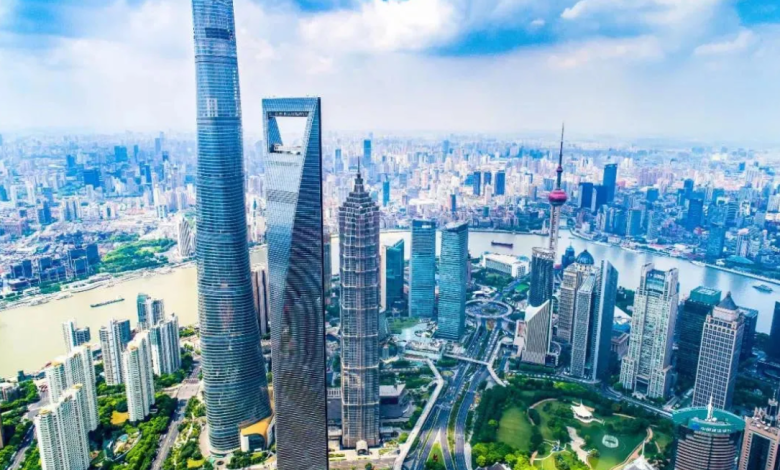Shanghai Free Trade Zone: China’s Frontier of Reform and Opening-Up

Overview
The China (Shanghai) Pilot Free Trade Zone (hereinafter referred to as “Shanghai FTZ”) was officially established on September 29, 2013, marking a significant step in China’s deepening reform and opening-up. Initially covering 28.78 square kilometers, it included four special customs supervision areas: Waigaoqiao Free Trade Zone, Waigaoqiao Free Trade Logistics Park, Yangshan Free Trade Port Area, and Pudong Airport Comprehensive Free Trade Zone. For example, the Waigaoqiao Free Trade Zone, as the core area of the Shanghai FTZ, has long served as a hub for international trade and logistics.
In December 2014, the State Council approved an expansion, increasing the total area to 120.72 square kilometers and adding the Jinqiao Export Processing Zone, Zhangjiang High-Tech Park, and Lujiazui Financial and Trade Zone. This adjustment not only expanded the physical scope of the FTZ but also strengthened its experimental functions in finance, technology, and other fields.
Development Timeline
In 2013, the Shanghai FTZ was officially launched as China’s first pilot free trade zone, aiming to explore replicable reform and opening-up experiences. For instance, the negative list management model was first piloted here, significantly lowering barriers to foreign investment. In 2015, the FTZ expanded to 120.72 square kilometers, incorporating the Lujiazui, Jinqiao, and Zhangjiang areas, further promoting financial innovation and technological development.
In 2019, the establishment of the Lingang New Area marked a major turning point, with its openness surpassing previous levels. For example, in terms of investment freedom, Lingang allowed foreign companies to hold majority or even full ownership in various sectors. In 2021, the State Council proposed transforming Pudong New Area into a “leading zone,” enhancing the FTZ’s role in institutional innovation and driving higher levels of openness.
Key Functions and Impact
As a “testing ground” for institutional innovation, the Shanghai FTZ pioneered the negative list approach for foreign investment and introduced the “single window” for international trade. For example, businesses can complete customs clearance and inspection procedures in one go through the “single window,” significantly improving efficiency. Additionally, the RCEP Optimal Tariff Inquiry System provided a more transparent trade environment for enterprises.
In terms of opening up, the Shanghai FTZ has attracted numerous foreign institutions. For instance, J.P. Morgan Securities became the first foreign-controlled securities company to establish operations here. Economic data shows that the FTZ has registered nearly 14,000 new enterprises, with import clearance times reduced by 41.3%, making it a vital engine for Shanghai’s economic growth.
Industry Layout
In the financial sector, the Shanghai FTZ allows foreign financial institutions to set up wholly foreign-owned banks and pilots limited-license banks. For example, Citibank and other global financial institutions have expanded their operations here. In shipping services, foreign ownership restrictions were relaxed, allowing Chinese companies to operate non-Chinese-flagged vessels, boosting international shipping.
The commercial sector opened up value-added telecommunications and gaming equipment sales. For instance, Microsoft’s Xbox became the first gaming console to enter the Chinese market through the FTZ. In cultural services, foreign ownership caps on performance agencies were lifted, such as global entertainment giant Live Nation establishing a wholly-owned subsidiary here. These measures have driven the internationalization of related industries.
Future Prospects
The Shanghai FTZ will continue to serve as China’s “trailblazer” in reform and opening-up. With further pilot reforms in the Lingang New Area, more groundbreaking policies are expected. For example, innovations in cross-border data flows and offshore trade may become focal points in the next phase. Against the backdrop of a changing global economic landscape, the Shanghai FTZ’s experiments will provide valuable insights for the nation.




